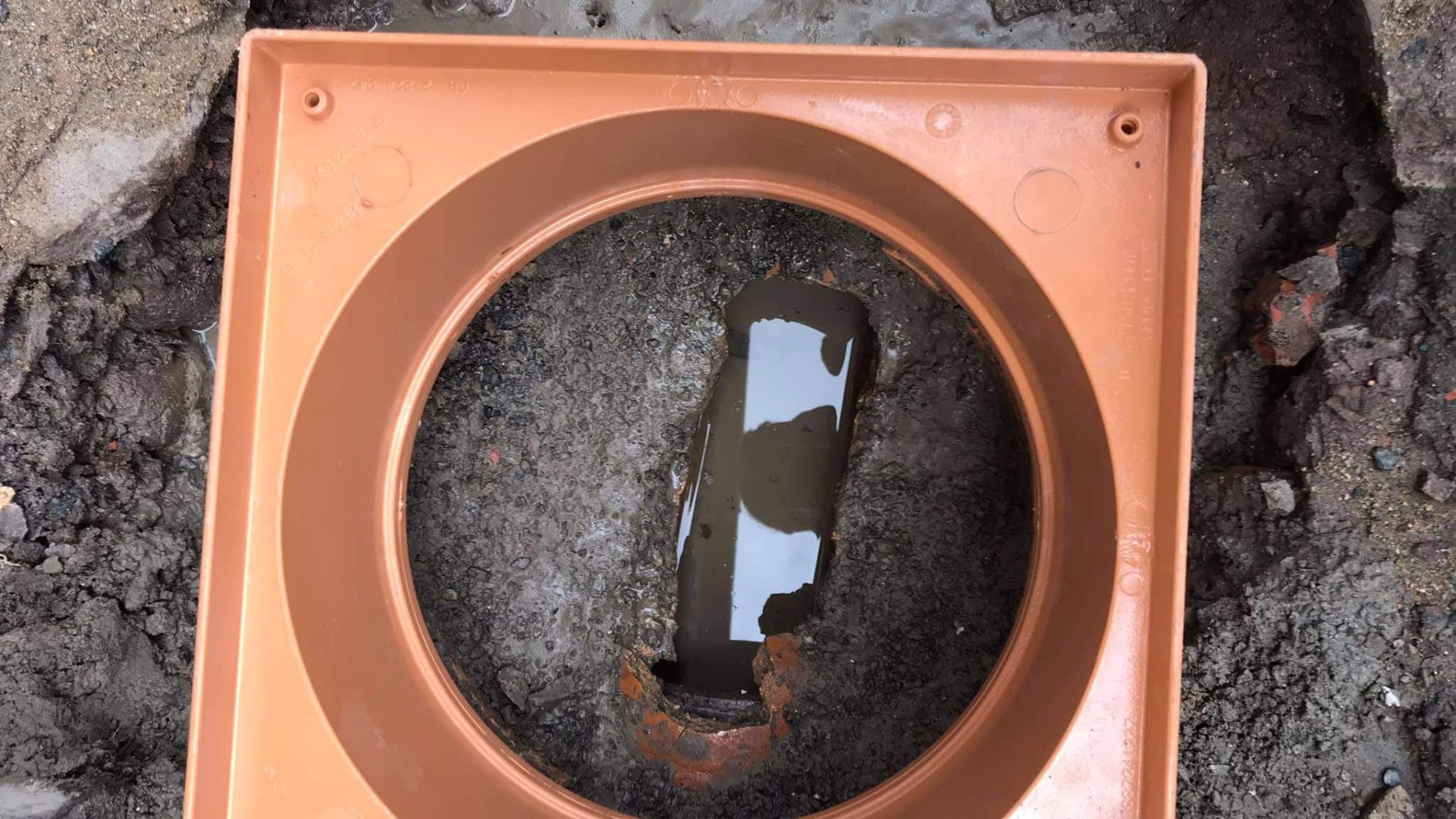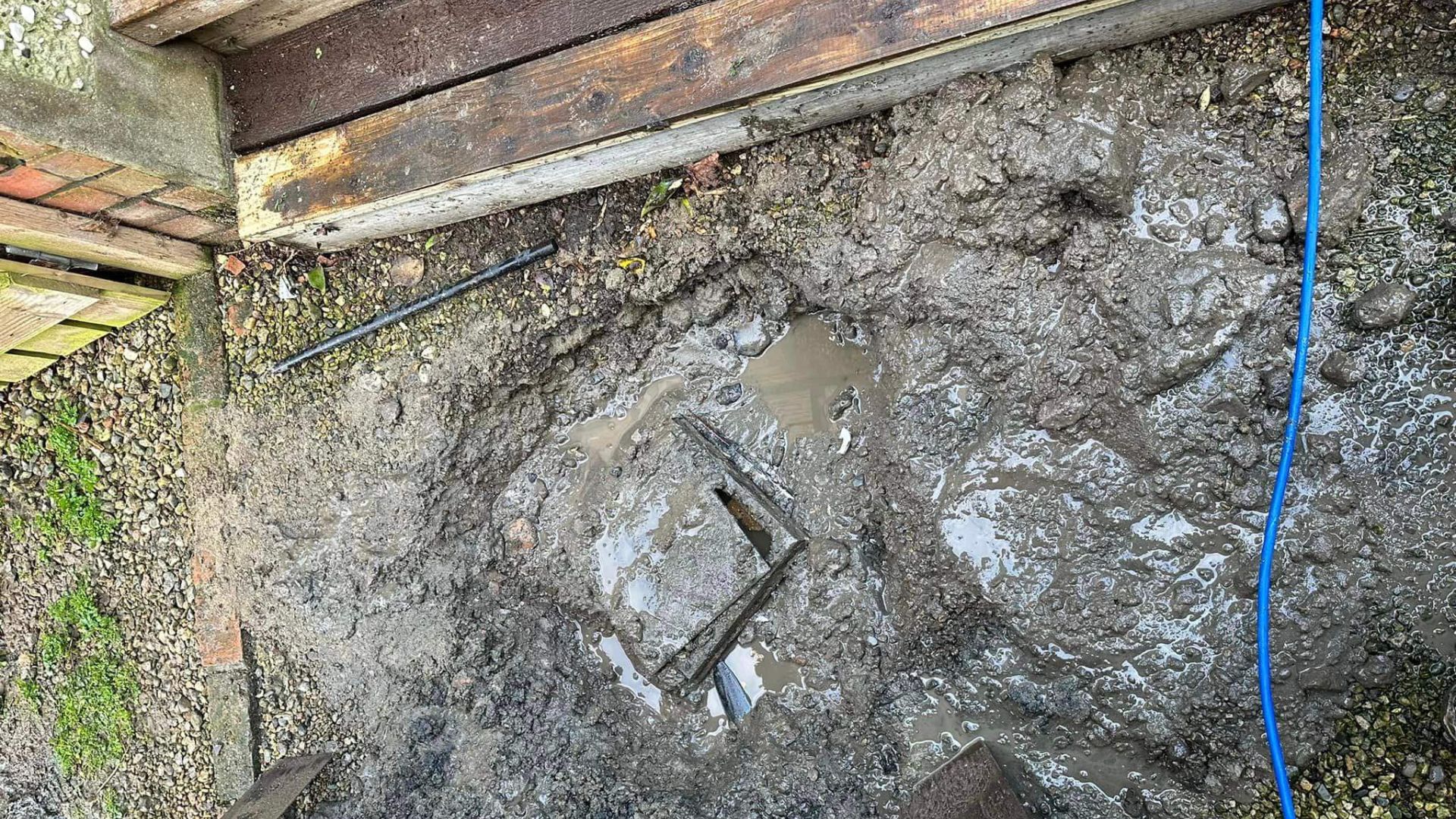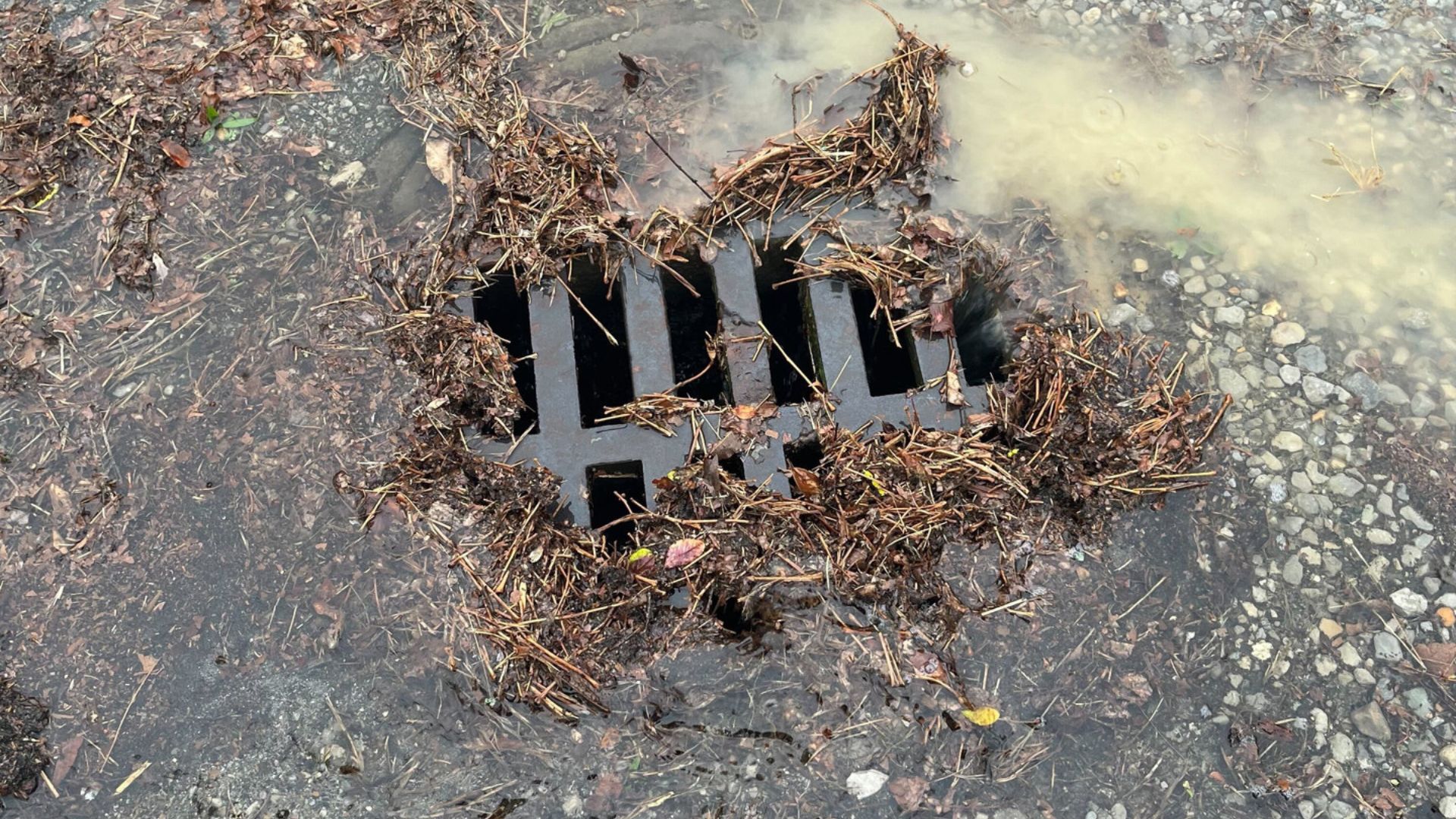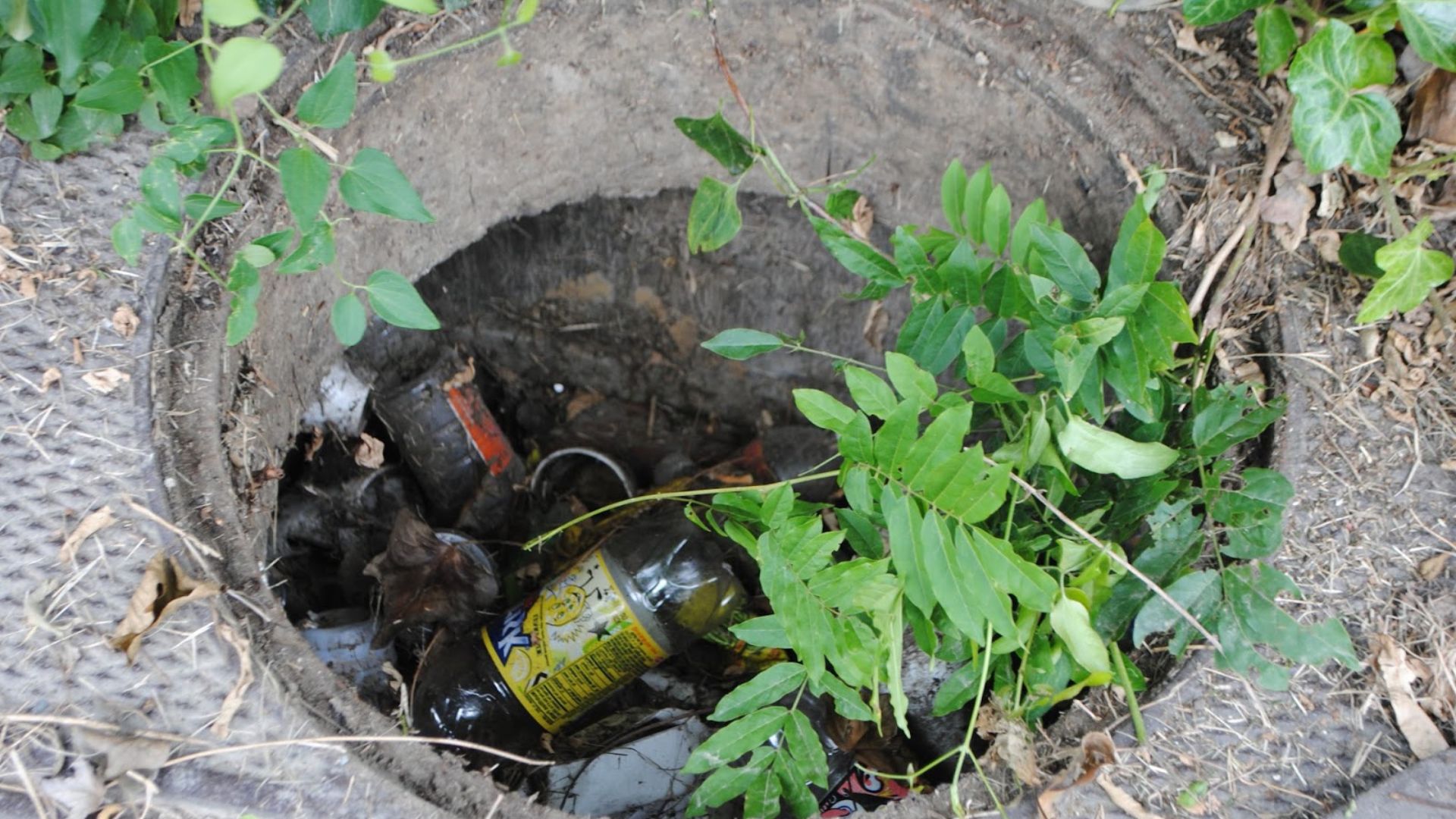Over 65% of suburban water damage casesin Australia begin with one overlooked issue: a blocked stormwater drain. It often starts subtly. A bit of water pooling near the grate, maybe a gurgling sound during a downpour. Nothing urgent, right? Until your backyard turns into a swamp and water starts creeping toward your home’s foundation.
Many homeowners don’t realise that stormwater systems are their first line of defence against flooding. Neglecting them doesn’t just mean soggy grass or an annoying puddle. Too long can lead to serious structural damage, costly repairs, and health risks.
So, what really happens when you ignore ablocked stormwater drain? What’s the true cost of inaction?
We’ll uncover the chain reaction that starts with one clogged pipe. From hidden warning signs to expensive consequences, we’ll show you why acting early is not just smart—it can save you thousands.
What Is a Stormwater Drain and How Does It Work?
A stormwater drain collects and redirects rainwater from surfaces like roofs, driveways, footpaths, and streets. Its job is simple but critical—carry excess water away from your property and into the broader council-managed drainage system. Without it, even a mild downpour can cause serious pooling and damage.

These drains prevent water from sitting where it shouldn’t. They help protect your home’s foundation, reduce soil erosion, and limit the risk of flooding during heavy rainfall. When they’re working as they should, you barely notice them. But when they’re blocked, the results can be messy and expensive.
Blockages happen more often than you’d think. Common culprits include fallen leaves, garden debris, accumulated silt, and invasive tree roots. Construction runoff and broken pipes can also cause trouble. Even small obstructions can quickly lead to water overflow and drainage failure if not cleared. Regular checks are key to keeping the system flowing.
Early Warning Signs You Should Never Ignore
Blocked stormwater drains rarely become a problem overnight. They usually send out warning signs first—subtle hints that something isn’t quite right. Spotting these early can save you a fortune in repairs and prevent serious disruptions to your home and lifestyle.
Here’s what to keep an eye (and ear) on:
Water Pooling Around Grates or Gutters
After rainfall, watch for puddles forming near stormwater grates or along the edges of your property. This often signals water isn’t draining as it should.
Slow Water Runoff
If water lingers on your driveway or lawn longer than usual, there’s likely a blockage somewhere in the system.
Unusual Sounds During Rainfall
Bubbling or gurgling sounds near outdoor drains, sinks, or toilets can mean air is trapped due to restricted flow.
Strange Odours
A musty or sewage-like smell near outdoor drains may be caused by stagnant water or decomposing debris inside the pipes.
Storm Overflow
Watch for water backing up through downpipes, overflowing gutters, or rising from ground drains during heavy rain.
Addressing these signs early can help prevent structural damage, mould growth, and costly emergency plumbing work. Don’t ignore them—they’re your first defence.

The Domino Effect of Ignoring the Problem
Brushing off a blocked stormwater drain might seem harmless at first, but the damage doesn’t stay small for long. What starts as a minor nuisance can set off a chain reaction of serious and expensive consequences.
In the short term, you’re likely to face:
- Localised Flooding: Water that can’t drain properly starts pooling in low spots, around patios, garages, and gardens.
- Damp Patches: Moisture seeps into lawns, paving, or near walls, creating soggy zones that never seem to dry out.
- Persistent Odours: Stagnant water and rotting debris inside drains produce unpleasant smells around the home.
Letting the issue linger leads to far more serious problems:
- Foundation and Structural Damage: Excess water near the base of your home can slowly weaken concrete footings, shift soil, and compromise stability.
- Erosion of Landscaping: Gardens, retaining walls, and paved areas can suffer as water washes away soil and destabilises outdoor structures.
- Mould and Mildew: Standing water near walls creates the perfect environment for harmful mould to grow indoors and out.
On top of that, councils may fine property owners for neglected drainage systems. Some insurers may even deny claims if you haven’t maintained your policy properly. It’s not just water, you’re risking your wallet too.
Flooding and Property Damage
When stormwater drains become blocked, the water has nowhere to go. Instead of being safely channelled away, it overflows and starts flooding the nearest low points, basements, garages, and under-house cavities are often the first to cop it.
Once water enters these spaces, it doesn’t just leave behind a mess. It can damage flooring, insulation, stored belongings, and even the structural integrity of your home.

The overflow doesn’t stop at your walls either. Driveways can crack or lift from excessive water pressure beneath them. Retaining walls may shift or collapse, fences can rot, and any vehicles parked in affected areas are at risk of electrical or water damage.
In some cases, homeowners faced repair bills exceeding $20,000 simply because a blocked drain was left unattended for too long. It’s easy to underestimate the power of stormwater, but when a blockage redirects it, it takes the path of least resistance, right through your property.
Health Hazards Lurking in the Water
Blocked stormwater drains don’t just threaten property; they pose serious health risks, too. Standing or overflowing water creates the perfect breeding ground for harmful organisms and contaminants, some of which can impact your family’s well-being without warning.
Mosquito Breeding Grounds
Stagnant water is a magnet for mosquitoes, increasing the risk of bites and mosquito-borne illnesses like Ross River virus.
Bacteria and Germ Build-Up
Pools of water near drains can harbour harmful bacteria, including E. coli and Salmonella, especially if organic waste is present.
Mould and Airborne Spores
Moist environments promote mould growth around walls and under floors. These spores can aggravate allergies, asthma, and other respiratory issues.
Contaminated Runoff
Stormwater often carries oil, fertiliser, chemicals, and debris from roads or driveways, making the overflow hazardous to touch.
Child and Pet Safety
Curious children and pets may come into contact with the water, unaware of what’s in it. Even shallow puddles can be dangerous when contaminated.
Keeping your drains clear is also about keeping your household safe.
How Blocked Stormwater Drains Impact Your Neighbours and Community
The overflow rarely stays put when a stormwater drain is blocked on your property. Water can easily cross property lines, flooding neighbouring yards and causing damage to fences, gardens, or outdoor structures. In severe cases, the excess runoff may reach footpaths or roads, leading to erosion, potholes, and pollution in nearby creeks or stormwater channels.

It’s not just a private issue; it becomes a community one. If the blockage is proven to originate from your property, you could be held liable for the resulting damage. A single neglected drain has the potential to spark disputes, fines, and unexpected repair costs for everyone involved.
DIY Vs Professional Drain Cleaning
While it’s tempting to tackle a blocked stormwater drain yourself using a drain snake, boiling water, or off-the-shelf chemicals, these DIY fixes often provide only temporary relief. In many cases, they don’t remove the blockage entirely and can even push debris further down the pipe, worsening the situation.
Professional plumbers use specialised equipment, such as high-pressure water jetting, to break through stubborn clogs and CCTV drain inspections to pinpoint the exact issue.
For more serious blockages, root-cutting tools are used to remove invasive tree roots. The right gear and expertise make a huge difference in solving the problem for good.
Why Regular Maintenance Isn’t Optional
Regular inspections, especially before the wet season hits, help catch minor issues before they spiral into major headaches. A seasonal clean-up of leaves, branches, and garden debris can prevent most blockages from forming in the first place.
It’s also worth checking gutters, downpipes, and the surrounding yard for signs of pooling water after rain. These quick, proactive habits can protect your property from flooding, structural damage, and unexpected plumbing bills. Staying ahead of the problem is always cheaper and easier than scrambling to fix it once the damage is done.
Let’s Clear the Way Forward
Blocked stormwater drains might seem overwhelming, but they’re often quick and simple to fix when dealt with early. Acting fast saves you money on potential repairs and helps prevent avoidable damage to your property and the environment. Ignoring the signs only lets the problem grow. Don’t leave it to chance! Reach out to professionals who know what to look for and how to fix it properly.
If you’ve spotted signs of a blocked stormwater drain or suspect hidden damage, don’t wait until it’s too late. At Big Blue Plumbing, we specialise in identifying and clearing stormwater drain blockages across the region. Contact us today to restore proper flow and protect your property from costly consequences.



